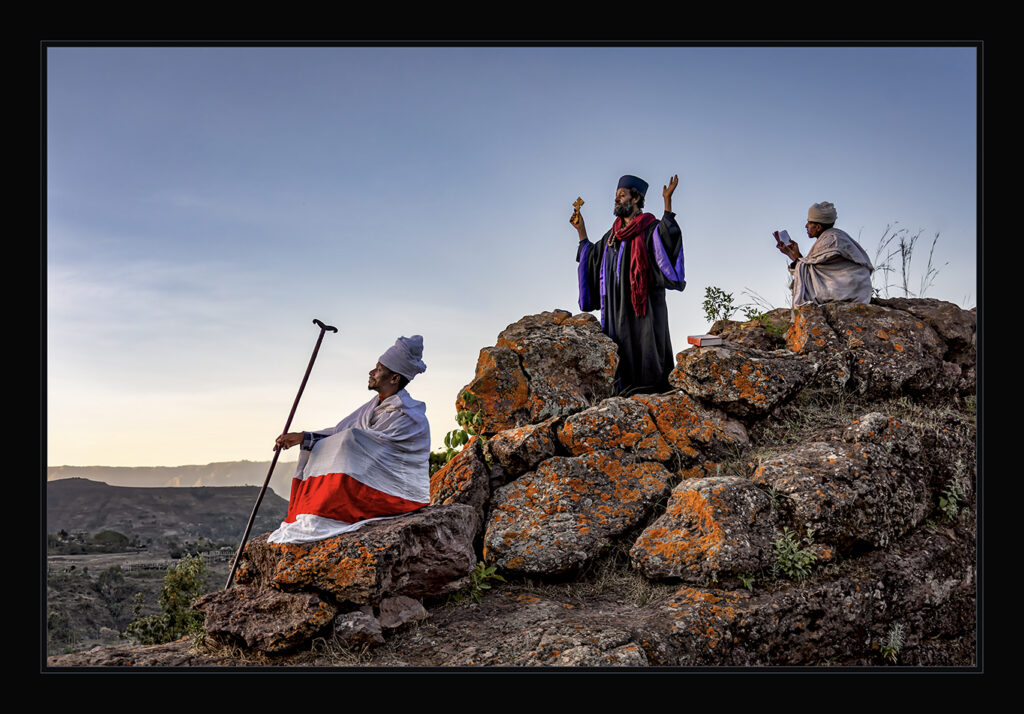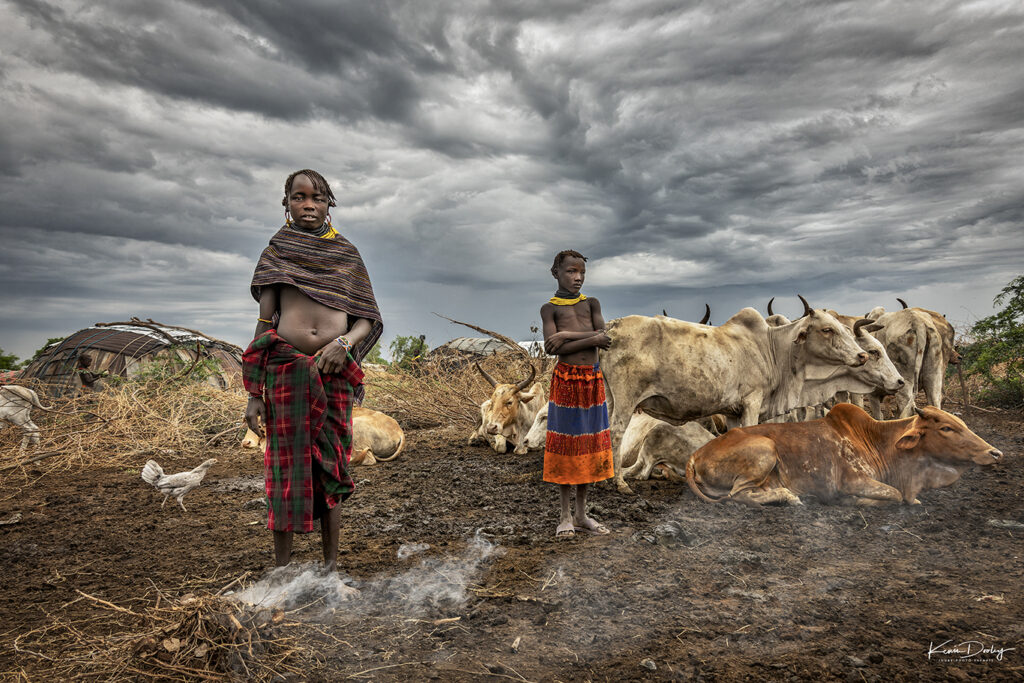
Omo Valley Tour
Ethiopia
Omo Valley Tour
Expedition to the remote and Exotic Tribes of the Omo Valley Suri Tribe

Isolated for millennia from the rest of the world, the beautiful Omo Valley is home to an exciting mix of many small and distinctive tribal groups. Amongst others, we find the Karo, the Mursi, and the Hamer — all of whom have retained their own unique customs and traditions. Photograph and visit these amazing people on our Omo Valley photography tour.
Lifestyles are as varied as the tribes themselves. Lacking any material, culture and artifacts common to other cultures, these tribes find unique ways in which to express their artistic impulses. Both the Surma and the Karo, for example, are experts at body painting, using clays and locally available vegetable pigments to trace fantastic patterns on each other’s faces, chests, arms, and legs. These designs are created purely for fun and aesthetic effect, each artist vying to outdo the others.
TRIP HIGHLIGHTS
- Meet and photograph various ethnic groups.
- Experience the natural beauty of the country from the stunning savannah plains and elaborately terraced hillsides to the vast coffee fields.
- See the elaborate hairstyles and personal adornment.
- Visit colorful and exuberant African markets.
- Tour the vibrant city of Addis Ababa.
- Try the varied Ethiopian food.
- Attend an Ethiopian coffee ceremony.

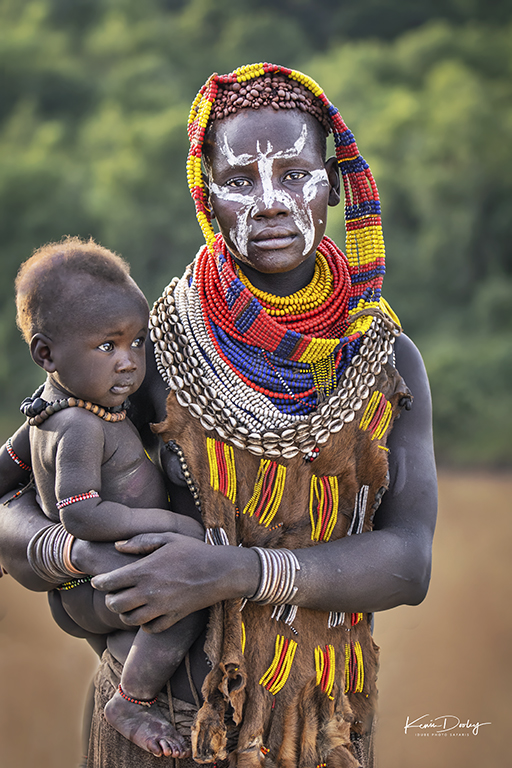
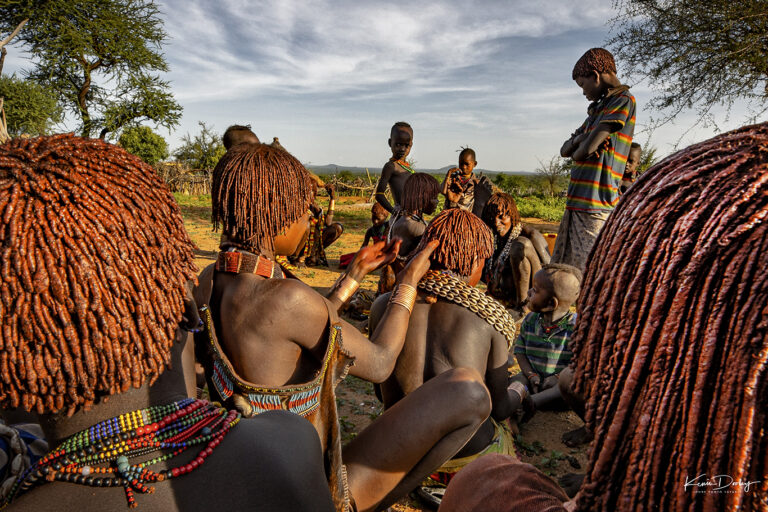
Omo Valley Tour Details
March 23rd-April 1st
Photography Expedition to true remote Africa
The Exotic Tribes of the Omo Valley
8 Days
Journey to the Omo Valley’s Remote Tribes, Where ‘Exotic’ Truly Comes to Life
Day 1: March 23: Arrive Addis Ababa
Arrive at Bole International Airport, Addis Ababa, Ethiopia. Welcome to Ethiopia. Upon arrival, you will be welcomed by your local tour leader and transfer to Ramada Hotel.
Addis Ababa, founded in 1886 by Menelik II, is situated at 2,500 meters (8000 ft) above sea level. It is the highest capital city in the world, after La Paz and Quito in South America. The city enjoys an excellent climate all year round, with an average temperature of 25C (77F). Addis Ababa is a pleasant city with wide avenues of jacarandas, interesting museums, and one of the largest open-air markets in Africa, known as the “Mercato”.
The rest of the day, relax in your comfortable hotel and get ready for the unique adventure awaiting.
Overnight at Ramada Addis Hotel-Addis Ababa.
Day 2-3: March 24 & 25: Addis Ababa-Jinka-Omorate
Start your day with the rich aroma of freshly brewed Ethiopian coffee and a delicious breakfast—welcome to the land of coffee!
Following our breakfast, we’ll head to Addis Ababa airport for our commercial flight to Jinka, where our drivers will be waiting to take us on a remarkable journey into the heart of the Omo Valley.
For the next two nights, we’ll stay in a riverside mobile camp nestled deep within the territory of the Geleb (Dassanech) people—a nomadic pastoralist community living along the banks of the Omo River. This rare and immersive experience offers a unique glimpse into their way of life, traditions, and their profound connection to the land.
During our time here, you’ll have the rare opportunity to witness—and photograph—the Dimi Ceremony, a sacred rite of passage that marks a young Dassanech girl’s transition into womanhood. This ancient tradition is a cornerstone of the community, preparing girls for their future roles in Dassanech society.
Led by revered elders adorned in animal hides, intricate hairstyles, and ostrich feathers, the ceremony is a captivating spectacle. They carry ceremonial sticks—symbols of wisdom and authority—as the community gathers to celebrate with rhythmic music, metal bells, shields, dance, and song.
The girls, decorated with vibrant natural body paint and symbolic hairstyles, are the heart of the ceremony. Rich in music, ritual, and ancestral blessings, the Dimi Ceremony can last for several weeks—continuing until the elders deem the girls fully initiated and spiritually ready.
This isn’t just a cultural event—it’s a living tradition. A powerful, deeply moving experience to witness in person, and an extraordinary one to capture through your lens in one of the most remote corners of Africa.
Mobile Camping –Omorate.
Day 4: March 26: Turmi-Hamer
We will have one more early morning session with the Desanech people. After our breakfast by the river side, we will drive back to Turmi.
Turmi, home to the beautiful Nomadic Hamer Tribe living on the side of Keske River. The Hamer, display an elaborate and diverse selection of body decorations. They are also identifiable for their high cheekbones, elaborate custom of beads, cowries and leather, and thick copper necklaces. The Hamar women are striking; wearing beautiful colorful beaded skins, ornate necklaces, and metal bangles around their wrist and ankles. We hope to arrive at the lodge for late lunch and be in time to visit Hamer village with good light for photography.
For the next two nights, we will be based here at Turmi Village the center of the Hamer Tribes and other tribes living in the surrounding area. This will give us a great chance to attend different rituals including, Evangad and Bull Jumping Ceremonies in some of the off-road tribal villages. From our base here, will help us great deal to create a wonderful photographic opportunity for the next three nights. This allows us to be flexible and capitalize on all the photographic opportunities in the area. During our stay in Turmi, we will visit the Erbore and Dassenech tribes.
Overnight: Paradise Lodge
Day 5: March 27: Erbore –Hamer
In the early morning, we will head to Erbore Village, home to a small community of nomadic pastoralists living near Chew Bahir (Salt Lake) in a low, hot, and flat region. The Erbore people reside in four small villages, and their name, meaning “land of the bull,” reflects their connection to the land. Renowned for their unique cultural practices, including intricate body paintings, decorations, and ornate beadwork on their elegant faces, the Erbore are among the most captivating tribes in the Omo Valley.
Late in the afternoon, we will look for cultural activities like Bull Jumping around the Hamer Villages.
Overnight: Paradise Lodge
Day 6-7 March 28 & 29: The Exotic Suri Tribes
We begin our day early, setting off for an unforgettable journey across the Omo River into the extraordinary land of the Suri people. After breakfast and a warm cup of coffee, we drive to Omorate airstrip, where our adventure takes to the skies. A scenic charter flight awaits—soaring over the majestic Omo River, offering breathtaking views of the rugged landscape below, dotted with remote villages that seem almost within reach. It’s a spectacular way to witness the beauty and isolation of this unique region from above.
Upon landing, we continue by road to Kibish, the heart of Suri territory, where the word “exotic” truly comes to life. We will check in to our mobile camp site which is set up near the village, ideally located for the explorations ahead. In the afternoon, after a light snack, we’ll take a walk down to the Kibish River. As the sun begins to set and the light softens, we’ll encounter the Suri along the riverbanks—offering an ideal opportunity to photograph their daily life in a magical natural setting.
For the next three days, we immerse ourselves in the world of the Suri, one of Africa’s most visually and culturally captivating tribes. Their bodies are painted with vibrant, intricate designs, and they wear striking headpieces crafted from wildflowers and elements of nature. Suri women are known for their clay lip plates—symbols of beauty and cultural pride, with larger plates considered more attractive within the community. Scarification, another form of artistic expression, is etched into the skin using thorns and razor blades—each mark telling a story of identity, courage, or passage.
Being here feels like traveling through time. The Suri live in a way that has remained untouched for generations, offering a rare window into an ancient culture that endures despite the fast pace of the outside world.
As nomadic pastoralists, Suri men often reside in cattle camps, sustaining themselves on a traditional diet of raw cow’s blood and milk. During our stay, we’ll visit these camps and surrounding villages to witness traditional ceremonies and cultural practices. Each day promises powerful photographic moments and the chance to connect deeply with one of Africa’s most remarkable tribal communities.
In this remote and awe-inspiring region, you’ll witness living history—rituals, symbolism, and a way of life that remains beautifully intact. It’s a rare privilege to experience such authenticity in the wild heart of Ethiopia.
Overnight: Mobile Camping-Kibish.
Day 8: March 30: Kibish-Mizan-Addis Ababa-Charter Flight
In the morning, we will drive to Mizan to catch our private charter flight to Addis Ababa. The charter flight will save us two days of long drive. Upon arrival, we will meet our driver for the drive to our hotel. The rest of the day is at leisure and to freshen up.
In the evening, there will be a special Ethiopian farewell dinner party with traditional buffet and local drinks. There will also be a live cultural dance show of the different ethnic groups living in the country. There will not be any better way of ending a trip. After the farewell dinner, transfer to Addis Ababa Airport for the flight back home. End of the tour.

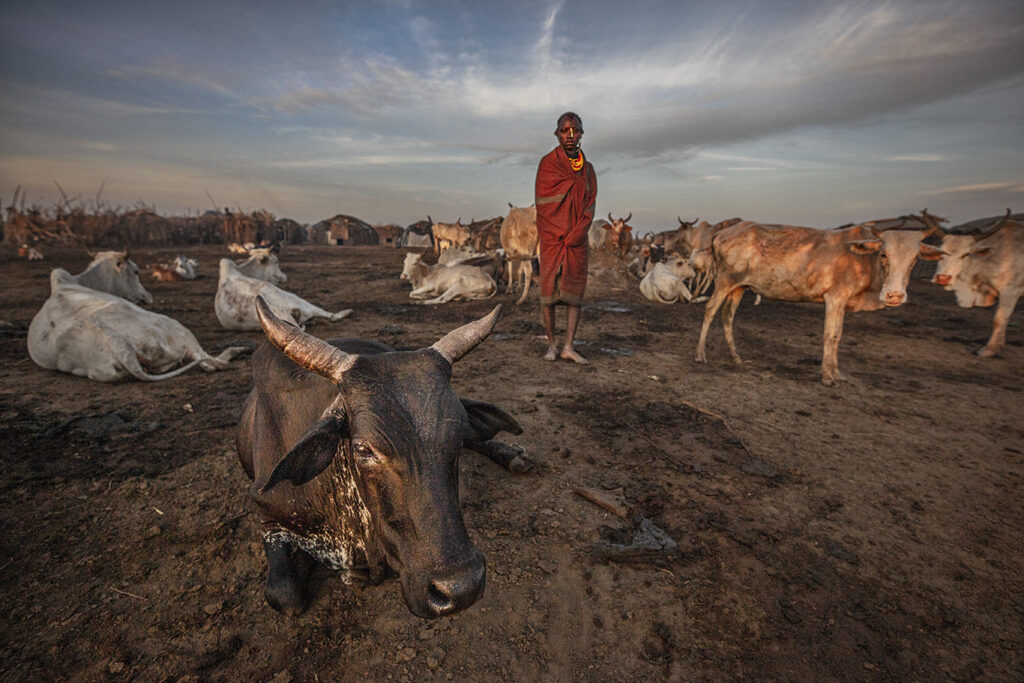
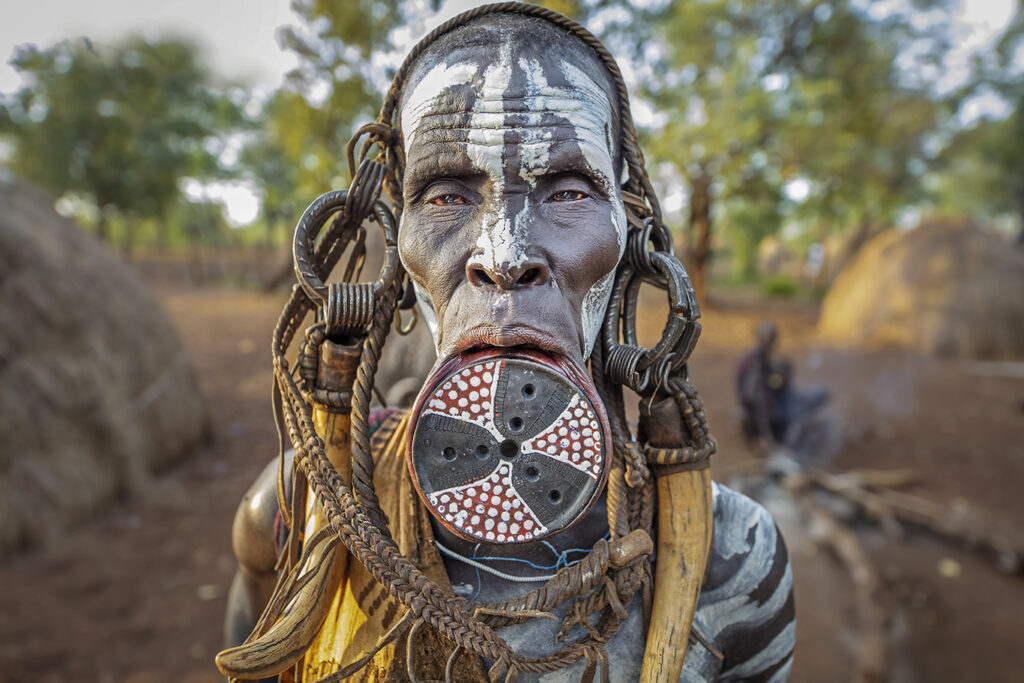
Contact Us
505-280-3846 or 505-401-2988
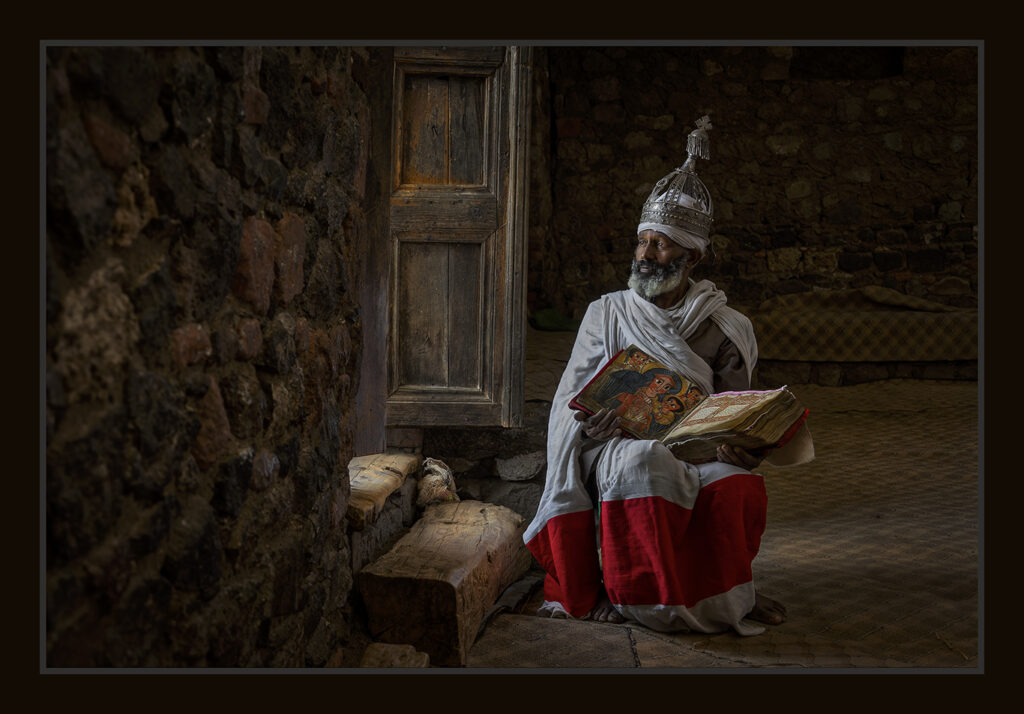
Ethiopia Lalibela Cultural Tour Add On
Duration: 3 Nights / 4 Days
Tour ID: GHET-033
Transport: Air
Day 01: March 31 – Addis Ababa ➝ Lalibela
Arrive in Addis Ababa at 07:15 AM and transfer to the domestic terminal for your 10:40 AM flight to Lalibela.
Upon arrival, check in at Sora Lodge before setting out to explore Lalibela’s legendary rock-hewn churches, often described as the “Living Wonders of the World.” Carved in the 12th century by King Lalibela from a massive volcanic rock terrace, these churches remain Ethiopia’s spiritual heart and a site of pilgrimage for over 800 years.
Highlights include:
- Bete Medhane Alem – the world’s largest monolithic rock-hewn church, modeled after Axum’s St. Mary of Zion.
- Bete Maryam, Bete Meskel, Bete Denagil, Bete Golgotha Mikael, and the iconic Bete Giorgis (St. George).
Later in the afternoon, enjoy a sundowner at Old Abyssinia, taking in sweeping highland views at sunset.
Accommodation: Sora Lodge, Lalibela
Meals: B/L/D
Day 02: April 1 – Asheten Mariam & Lalibela’s Second Church Cluster
After breakfast, embark on a mule ride and walk to Asheten Mariam Monastery, perched at 10,298 ft. Famous for its 12th-century church and commanding views, the route passes through dramatic highland scenery and quiet farming hamlets.
Following lunch and rest at your hotel, continue your exploration with the second group of Lalibela’s churches, linked by tunnels and passageways.
Afternoon visits include:
- Bete Gabriel-Rufael
- Bete Mercorios
- Bete Amanuel
- Bethlehem
- Bete Abba Libanos
In the evening, experience an authentic Ethiopian coffee ceremony at a local home – a treasured tradition of hospitality in the land where coffee was first discovered.
Accommodation: Sora Lodge, Lalibela
Meals: B/L/D
Day 03: April 2 – Lalibela ➝ Addis Ababa & City Tour
Begin your day with a walk to Bete Mariam for an early morning church service. Return to the lodge for breakfast, then transfer to the airport for your 13:00 flight to Addis Ababa, arriving at 14:00.
This afternoon, enjoy a city tour of Addis Ababa, including:
- National Museum of Ethiopia – home of Lucy (Dinkinesh), the 3.5-million-year-old hominid fossil that redefined human history.
- Merkato – the bustling, largest open-air market in Africa.
After sightseeing, check into the Ramada Hotel to refresh before the evening program.
Tonight, conclude your journey with a farewell dinner featuring a traditional Ethiopian buffet, local drinks, and a dazzling cultural dance performance representing Ethiopia’s diverse ethnic groups.
Following dinner, transfer to the airport for your international departure.
Meals: B/D
Lalibela Add On Price $2475 Per Person
